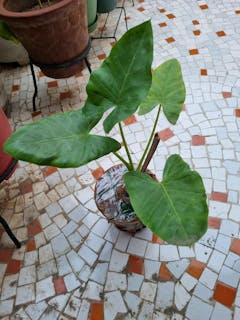Cupid's bower
Family
Alstroemeriaceae
Origin
South America
Description
Alstroemeria, also known as Lily of the Incas as it originates from South America, is a hardy perennial renowned for showy and vividly coloured summer blooms. The flowers are borne from midsummer to mid-autumn in colours that include red, orange, purple, pink and yellow, as well as softer shades of pink and white.
Alstroemeria, commonly known as Peruvian Lily, produces vibrant flowers that bloom for an extended period in multiple shades. It blooms from April to June in the plains and from May to July in hilly regions. For optimal summer flowering, plant bulbs between February and April in plains or from March to May in hills.
The Alstroemeria flower is also very attaractive to bees and pollinating insects.
Environment
Alstroemerias need full sun to flower well and should be grown in reasonably fertile and well drained soil. Choose a sheltered spot, ideally away from prevailing winds, and add organic matter to the soil before planting. In pots, use a peat-free. soil-based potting compost.
Alstroemeria is a hardy herbaceous perennial, which means it lives for many years, with growth that dies back to the ground each winter. Ideally, plant alstroemerias in spring so they can settle in before flowering, spacing them 60 cm apart. For cut flowers, grow alstroemerias in an out of the way spot or 'cuttings patch' if you have space, such as on an allotment.
Landscape Use
Alstroemerias look fantastic in a sunny border amongst other perennials and shrubs, and they look particularly good with roses.




















